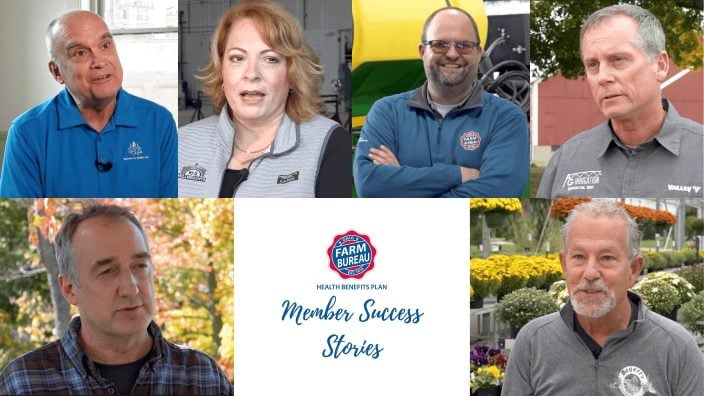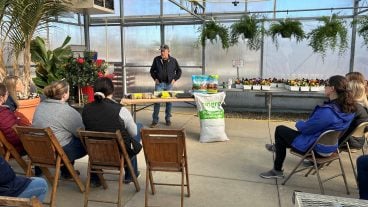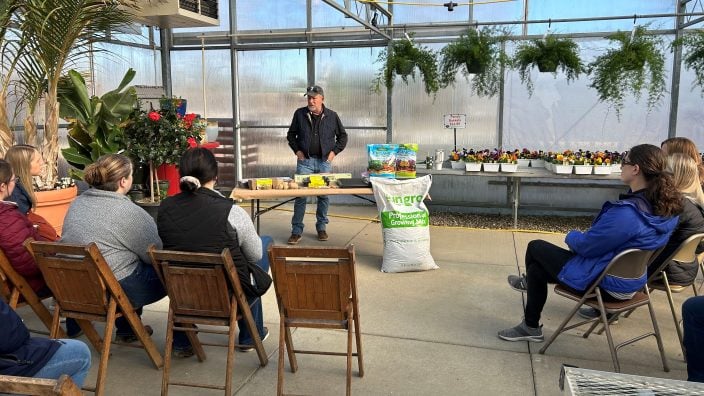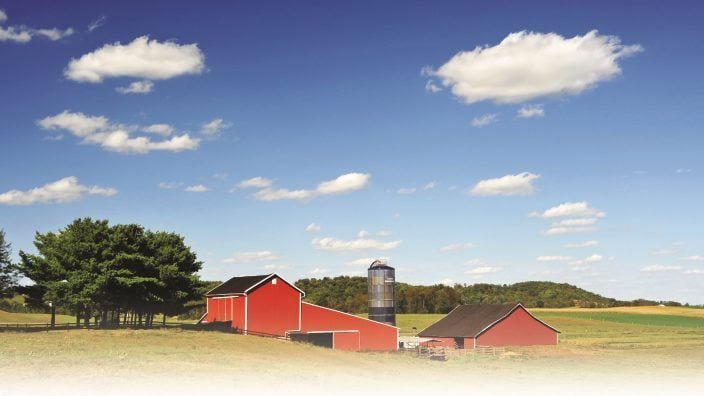Farmer’s Guide to Trucking Regulations available to Ohio Farm Bureau members
The guide includes a farm driver checklist, overview of state and federal regulations and exemptions, CDL qualifications and more.
Read More
More than $300 billion has been added to the Paycheck Protection Program (PPP), after the initial $349 billion in funding was depleted in quick fashion earlier this month.
In a nutshell, PPP is designed to help small businesses keep their employees paid through the coronavirus crisis. These loans are open to many businesses under 500 employees, including nonprofits, the self-employed, startups and cooperatives.
Before the PPP, most farmers and ranchers had never worked with the Small Business Administration. Those in agriculture were most often referred to USDA’s Farm Service Agency.
When the program was finalized as part of the CARES Act, agriculture enterprises that meet the employment criteria, whose principal place of residence is in the United States became eligible, regardless of revenue levels.
“The results of our Farm, Food and Agribusiness COVID-19 Impact Survey made it very clear that many of our members were experiencing cash flow issues due to this crisis, so we made sure lawmakers knew the importance of reopening the PPP program,” said Jack Irvin, Ohio Farm Bureau’s senior director of state and national policy. “We encourage our members to look at this option, as well as the other programs included in the CARES Act as they seek assistance to help get them through these very difficult times.”
The PPP provides eligible businesses loans up to $10 million to cover 2.5 times the average monthly payroll costs, measured over the 12 months preceding the loan origination date, plus an additional 25% for nonpayroll costs. Payroll costs include salaries, commissions and tips; employee benefits (including health insurance premiums and retirement benefits); state and local taxes; and compensation to sole proprietors or independent contractors.
One of the real highlights of the PPP is that the portion of the loan that covers eligible expenses within an eight-week period from Feb. 15, 2020 – June 30, 2020, is forgivable, as long as the company maintains staff and payroll. Any loan proceeds in excess of this amount are subject to repayment at a rate of 1%. The maximum duration of the PPP loans is two years.
Funds from this program will be allocated to small businesses on a first-come, first-served basis. The sample application can help potential borrowers prepare for the lender meeting.
Farmers can apply for the PPP through any existing SBA 7(a) lenders, federally insured credit union, Farm Credit System institution or through any federally insured depository institution that is participating.
If Ohio Farm Bureau members are unable to be served by their local bank, Farm Bureau Bank is accepting applications from not only their existing customers, but from all Farm Bureau members as well. They have already assisted members in 26 states and have the capacity and expertise to help members in Ohio as well.
Other current eligible lenders can be found by searching the SBA website.
Find answers to frequently asked questions about PPP as it pertains to agriculture.
The U.S. Treasury Department and the Small Business Administration (SBA) released new guidance for calculating the maximum PPP loan, which includes guidance for farmers who file an IRS Schedule F. The updated guidance can be viewed here.


The guide includes a farm driver checklist, overview of state and federal regulations and exemptions, CDL qualifications and more.
Read More


Katie Share of Columbus has been named ExploreAg and Youth Development Specialist for Ohio Farm Bureau.
Read More

Mary Klopfenstein of Delphos has been named Young Ag Professional and Ag Literacy Program Specialist for Ohio Farm Bureau.
Read More

The plan has been updated to give sole proprietors access to more rate stability and a smart solution that offers potential savings on health care.
Read More

The American Farm Bureau Federation, in partnership with Farm Credit, is seeking entrepreneurs to apply online by June 15 for the 2025 Farm Bureau Ag Innovation Challenge.
Read More

Adele Flynn of Wellington has been elected treasurer of the Ohio Farm Bureau Federation and now holds the third highest elected office in Ohio’s largest and most influential farm organization.
Read More

Producers are urged to work with their veterinarian to practice enhanced biosecurity measures and review and limit cattle movements within production systems.
Read More

The changing seasons bring with them the need to thoroughly inspect pole barns for any damages that may have occurred during the winter months.
Read More

Hundreds of Ohio businesses and sole proprietors are raving about Ohio Farm Bureau’s Health Benefits plan with lower, predictable costs and easy enrollment and administration options.
Read More

AgriPOWER Class XIV spent a few days in March in Medina and Wayne counties learning more about northern Ohio agriculture from leaders in Ohio Farm Bureau.
Read More